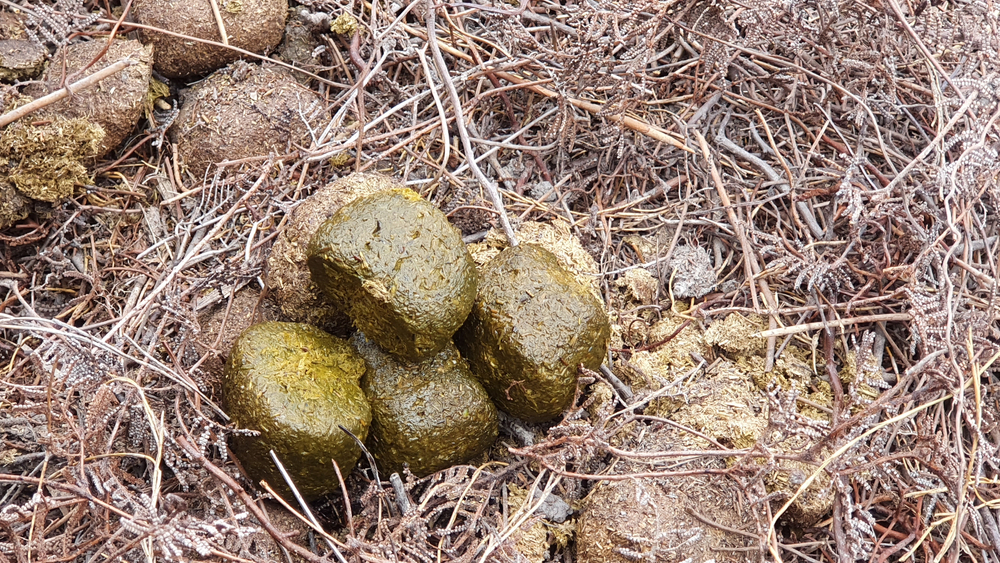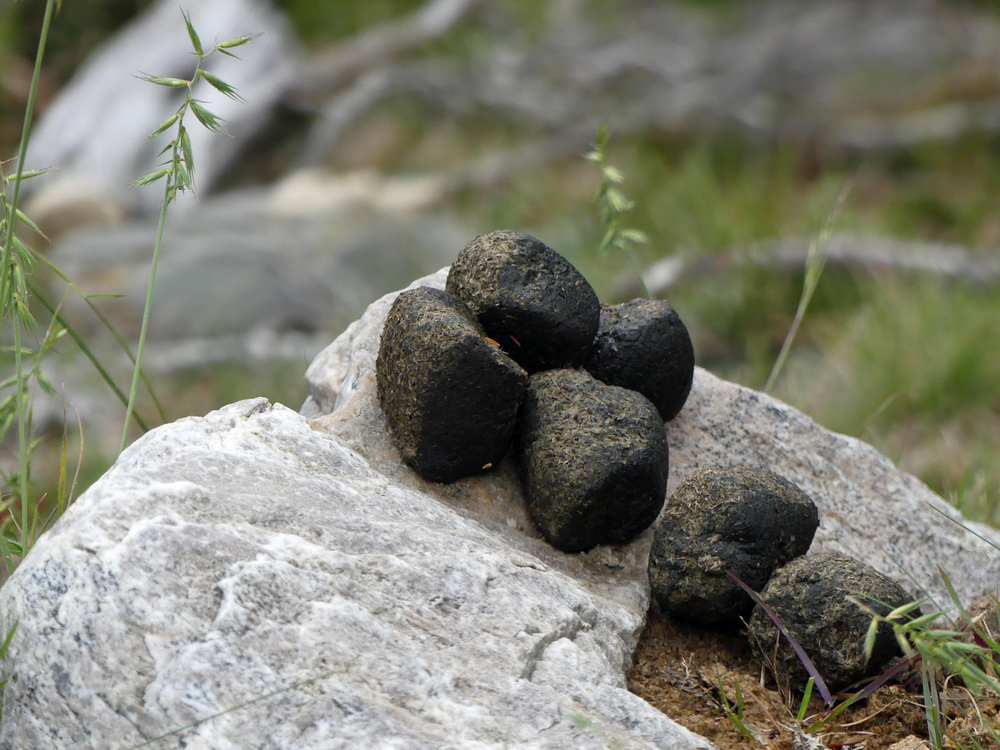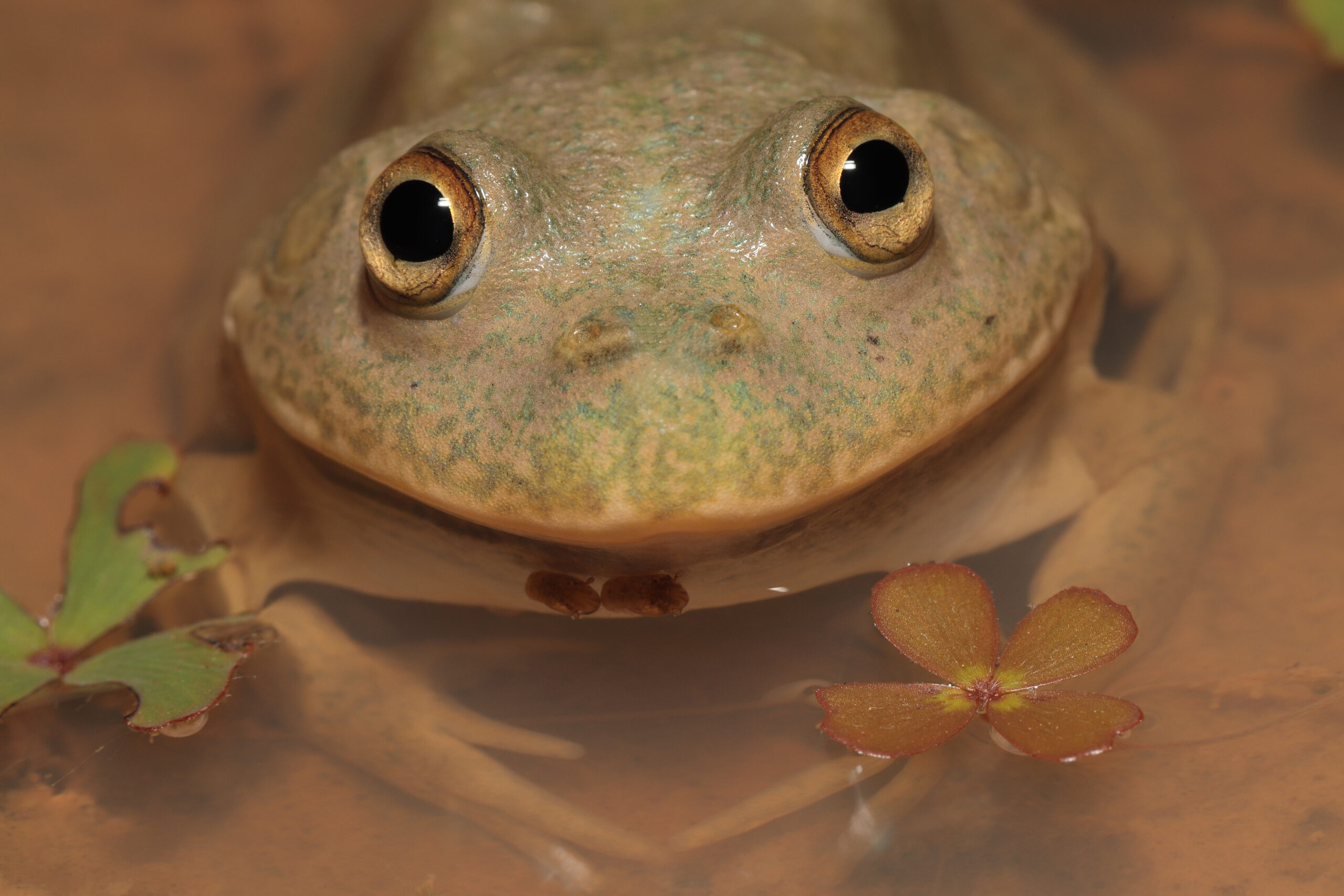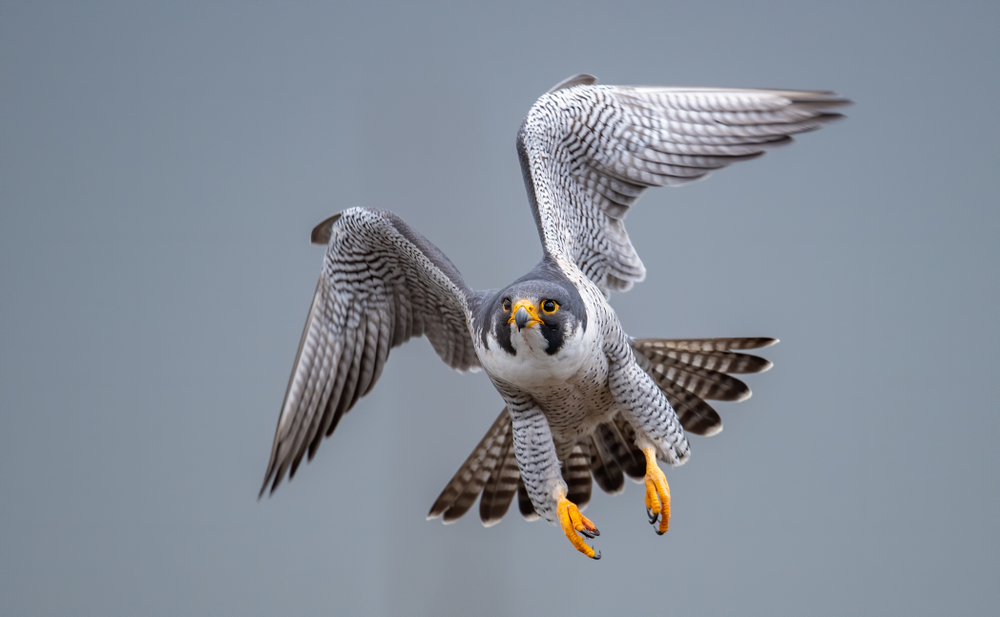| Common name | Bare-nosed wombat |
| Scientific name | Vombatus ursinus |
| Type | Marsupial |
| Diet | Herbivorous |
| Average lifespan | 15 years |
| Size | 90-115cm long, 22-39kg in weight |
A waddling wombat is enough to make the toughest animal enthusiast weak at the knees, but it’s this native Australian animal’s ability to poop in cubes that has had scientists bemused and stumped for decades.
With its stocky frame, short legs, and bear-like face, the bare-nosed wombat is amongst the world’s largest burrowing animals and although you’d probably never guess, they can run at an impressive 40kph if they must.
Also known as the common wombat, the bare-nosed wombat prefers cooler and better-watered parts of forest areas within southern and eastern Australia, including Tasmania and in mountainous areas as far north as the south of Queensland. Bare-nosed wombats are declining in numbers however, in western Victoria and South Australia. Wombats call a variety of habitats home, including rainforest, alpine grassland, woodland, eucalyptus forest and coastal areas and have even adapted to farmland in some regions, with wombat sightings recording the animal grazing alongside cattle and sheep.
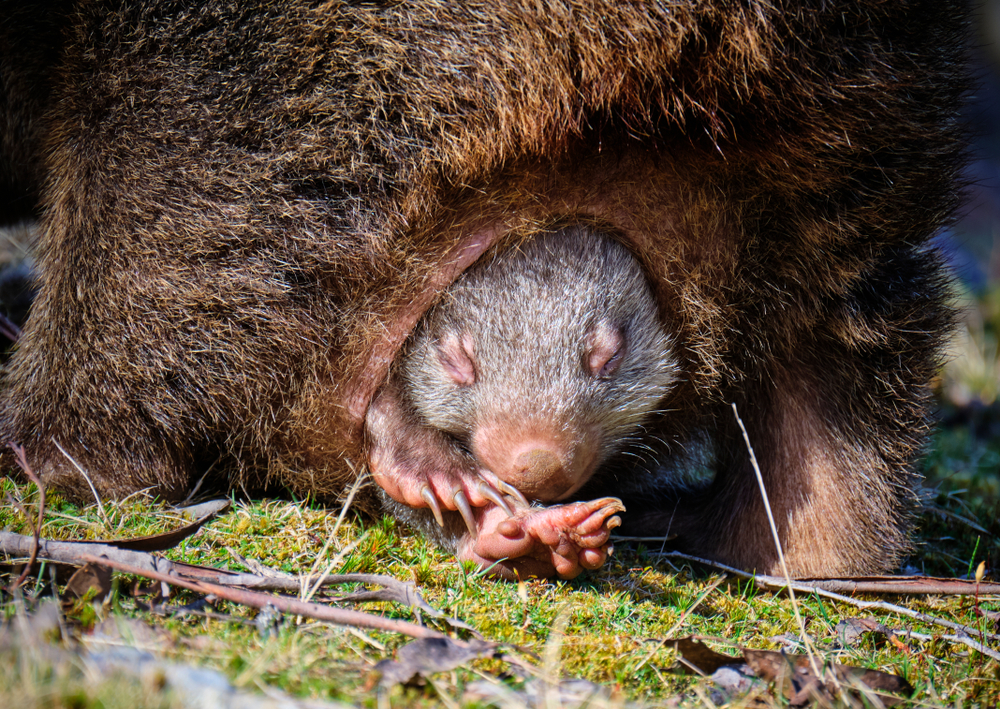
With coarse thick hair, slightly rounded ears, and a large, naked nose, the bare-nosed wombat is a strong animal that is built close to the ground. The only living member of the genus Vombatus, the bare-nosed wombat is similar in appearance to two remaining wombat species, the southern and northern hairy-nosed wombats. Although a marsupial, the wombat isn’t like others in this class, having only two incisor teeth in its upper jaw.
Solitary and territorial by nature, the bare-nosed wombat establishes a specific territory in which it feeds and lives. A home ‘tunnel’ is dug and can shelter a wombat for its entire lifetime, unless it is moved on by another animal species, a farmer or if the tunnel is destroyed. These tunnel systems can range between two and 20metres in length, usually with side tunnels veining from the main passageway but with only one entrance. Although nocturnal, the bare-nosed wombat does wander and graze during the day in cooler weather, usually in the morning or late afternoon.
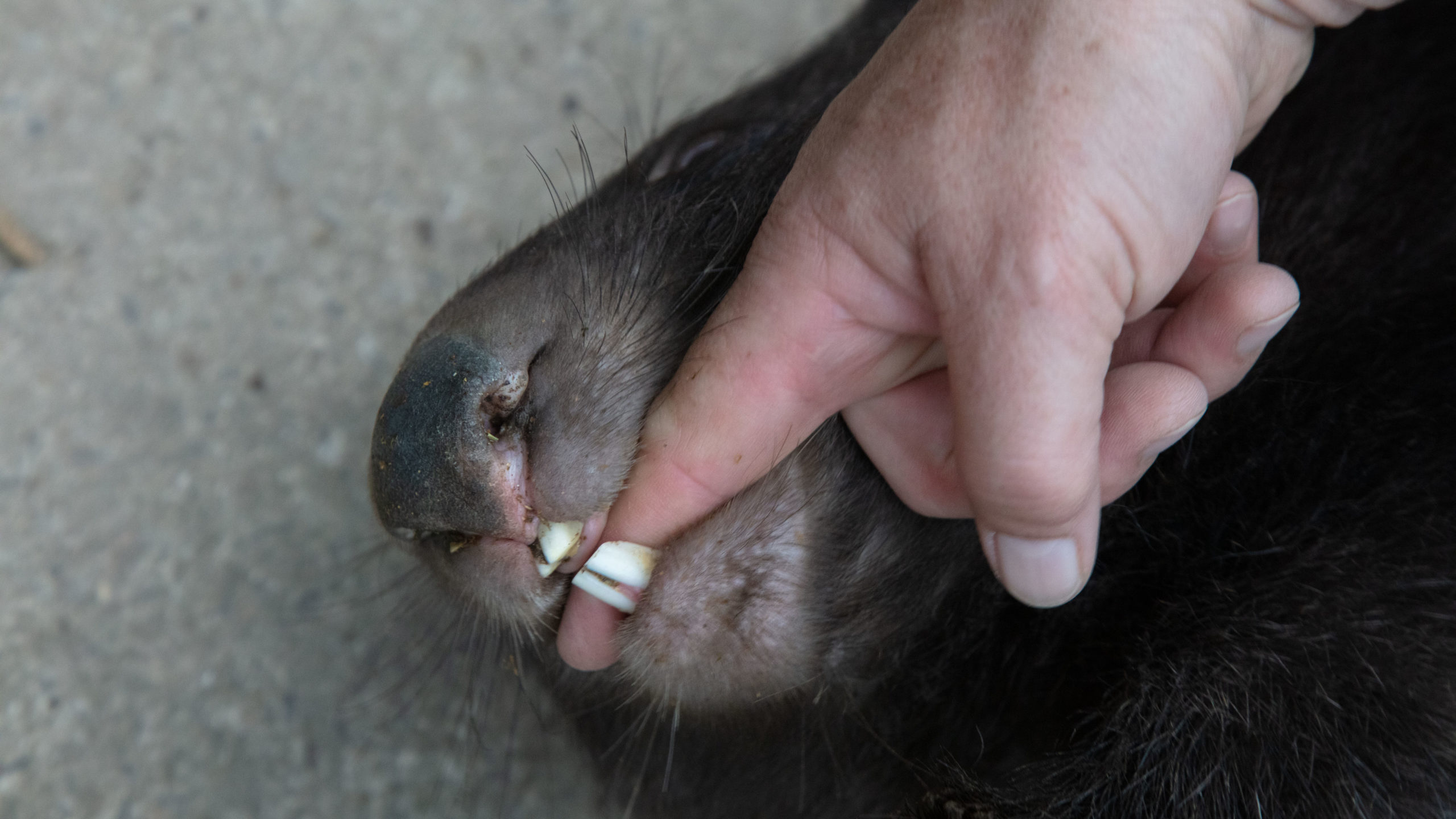
The bare-nosed wombat is the only marsupial in the world with continuously growing teeth. This usual trait allows the animal to maintain a strictly herbivorous diet of native grasses, sedges, snow tussocks and other plants, grazing for hours usually after leaving its burrow after the sun sets.
Reaching sexual maturity at two years of age, breeding for wombats can take place year-round. A single joey is born every two years, after a speedy gestation period of just 20-30 days. The baby wombat remains in the pouch between 6 and 10 months and nature has cleverly designed this marsupial pouch to have a rear opening to prevent dirt from getting in when the mother wombat is digging! Once the joey emerges, it still suckles from its mother until around 12-15months of age until completely independent.
The toileting habits of the wombat have been the source of interest for many years, with the animal excreting between four and eight scat pieces at a time, with many pooing up to 100 cubes a day! But why the square shape? Scientists have revealed the sharp cube-like edges of wombat poo are caused by the shape of the wombat’s intestinal tract. This tract expands and contracts during digestion with wombat intestines measuring ten times the size of the wombat itself. Digestion takes four times as long as a human, with all nutrients and water extracted from the food and the result is wombat poo the shape of a cube.

